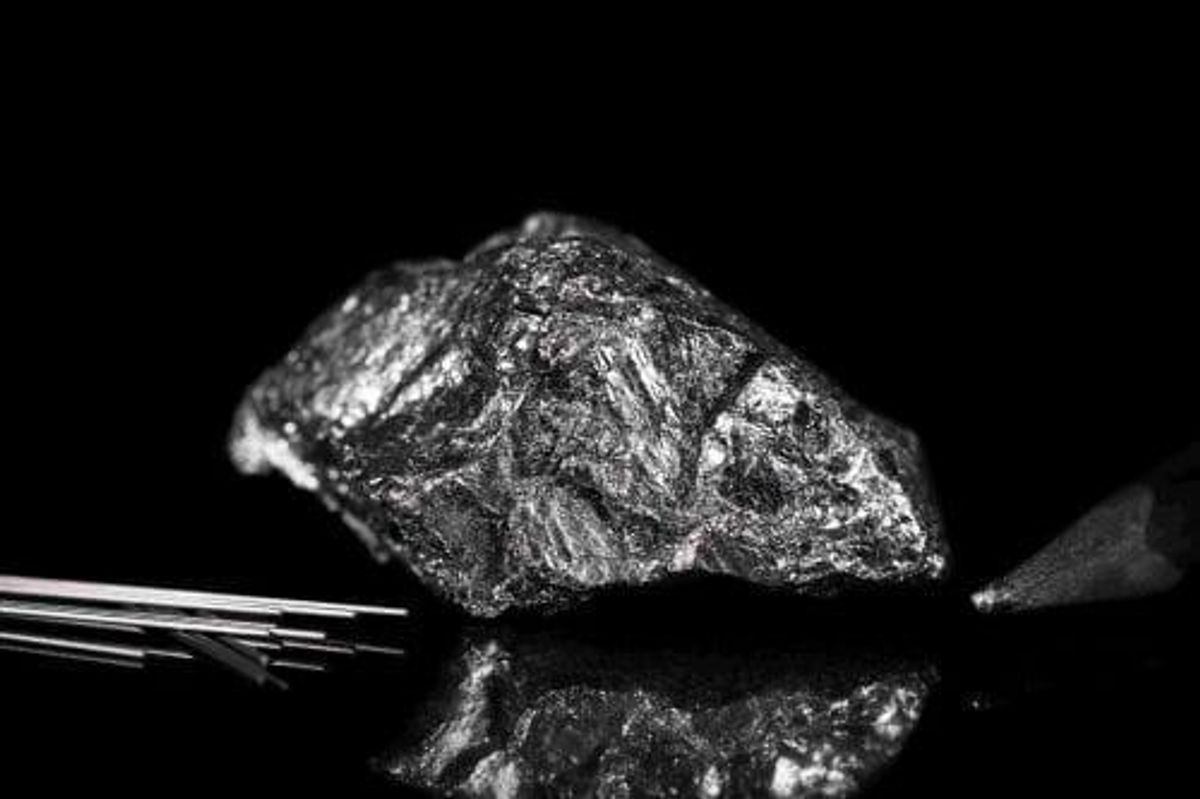- AustraliaNorth AmericaWorld
Investing News NetworkYour trusted source for investing success
Trident Royalties PLC
Impact Minerals Limited
Ramp Metals
Purpose Bitcoin ETF
- Lithium Outlook
- Oil and Gas Outlook
- Gold Outlook Report
- Uranium Outlook
- Rare Earths Outlook
- All Outlook Reports
- Top Generative AI Stocks
- Top EV Stocks
- Biggest AI Companies
- Biggest Blockchain Stocks
- Biggest Cryptocurrency-mining Stocks
- Biggest Cybersecurity Companies
- Biggest Robotics Companies
- Biggest Social Media Companies
- Biggest Technology ETFs
- Artificial Intellgience ETFs
- Robotics ETFs
- Canadian Cryptocurrency ETFs
- Artificial Intelligence Outlook
- EV Outlook
- Cleantech Outlook
- Crypto Outlook
- Tech Outlook
- All Market Outlook Reports
- Cannabis Weekly Round-Up
- Top Alzheimer's Treatment Stocks
- Top Biotech Stocks
- Top Plant-based Food Stocks
- Biggest Cannabis Stocks
- Biggest Pharma Stocks
- Longevity Stocks to Watch
- Psychedelics Stocks to Watch
- Top Cobalt Stocks
- Small Biotech ETFs to Watch
- Top Life Science ETFs
- Biggest Pharmaceutical ETFs
- Life Science Outlook
- Biotech Outlook
- Cannabis Outlook
- Pharma Outlook
- Psychedelics Outlook
- All Market Outlook Reports
Triton Minerals Signs MOU with Suzhou for Ancuabe Services
Triton Minerals has signed a non-binding MOU for debt financing and consulting services related to its Ancuabe graphite project.

Triton Minerals (ASX:TON) has signed a non-binding memorandum of understanding (MOU) with Suzhou Sinoma Design and Research Institute of Non-Metallic Minerals Industry, a subsidiary of China’s largest construction group.
Suzhou, a Chinese graphite-testing laboratory and consulting service, has “expressed interest” through the MOU in helping with the debt financing component of developing Triton’s Ancuabe graphite project.
Additionally, the company would provide technical consulting services for graphite-processing technology, production line equipment, construction, commissioning and graphite product control.
The two companies have also agreed to work alongside MCC International, which Triton signed an engineering, procurement and construction contract with in late September.
The collaboration will consist of finalizing project financing, leveraging Suzhou’s experience to optimize the project flowsheet and providing technical input during the project’s construction.
“Suzhou have shown strong interest in Ancuabe, and have requested involvement in many aspects of the project. The agreement of the MoU provides further validation of its status as a world class graphite project,” Triton Managing Director Peter Canterbury said in a statement.
He continued, “Suzhou has over 60 years’ experience in graphite processing and is one of the leading authorities on graphite globally. This partnership is expected to greatly benefit Triton in the construction and commissioning Ancuabe. Triton looks forward to finalising terms of debt with Suzhou, MCC and its banking group in the near term.”
Located 60 kilometers west of Pemba in Northern Mozambique, the Ancuabe project just received the development green light from Triton’s board in early June. The mine is estimated to see a production rate of 60,000 tonnes of graphite concentrate annually over a 27-year mine life.
As of the June release, construction of the project was docketed for sometime in the second half of 2018, with first production targeted for 2019’s second half.
Triton’s share price went up almost 7 percent to AU$0.046 on the ASX at the end of trading on Wednesday (November 7).
Don’t forget to follow us @INN_Resource for real-time news updates!
Securities Disclosure: I, Olivia Da Silva, hold no direct investment interest in any company mentioned in this article.
Outlook Reports
Featured Australia Investing Stocks
Browse Companies
MARKETS
COMMODITIES
| Commodities | |||
|---|---|---|---|
| Gold | 2360.48 | -26.36 | |
| Silver | 27.79 | -0.78 | |
| Copper | 4.55 | +0.02 | |
| Oil | 82.90 | -0.24 | |
| Heating Oil | 2.55 | 0.00 | |
| Natural Gas | 1.74 | -0.01 | |
Investing News Network websites or approved third-party tools use cookies. Please refer to the cookie policy for collected data, privacy and GDPR compliance. By continuing to browse the site, you agree to our use of cookies.
A graduate of Durham College's broadcast journalism program, Olivia has a passion for all things newsworthy. She got her start writing about esports (competitive video games), where she specialized in professional Call of Duty coverage. Since then, Olivia has transitioned into business writing for INN where her beats have included Australian mining and base metals.
Learn about our editorial policies.




